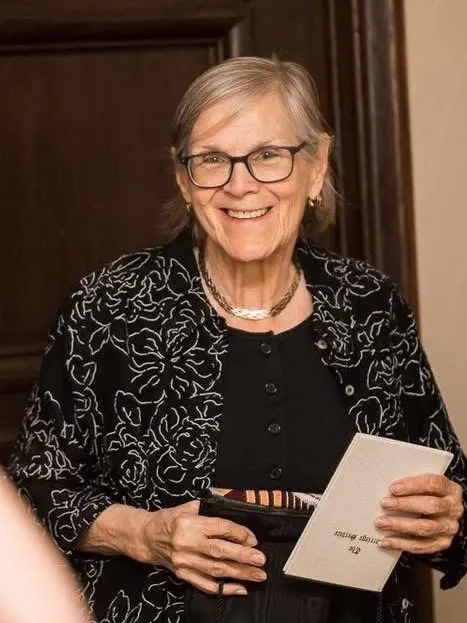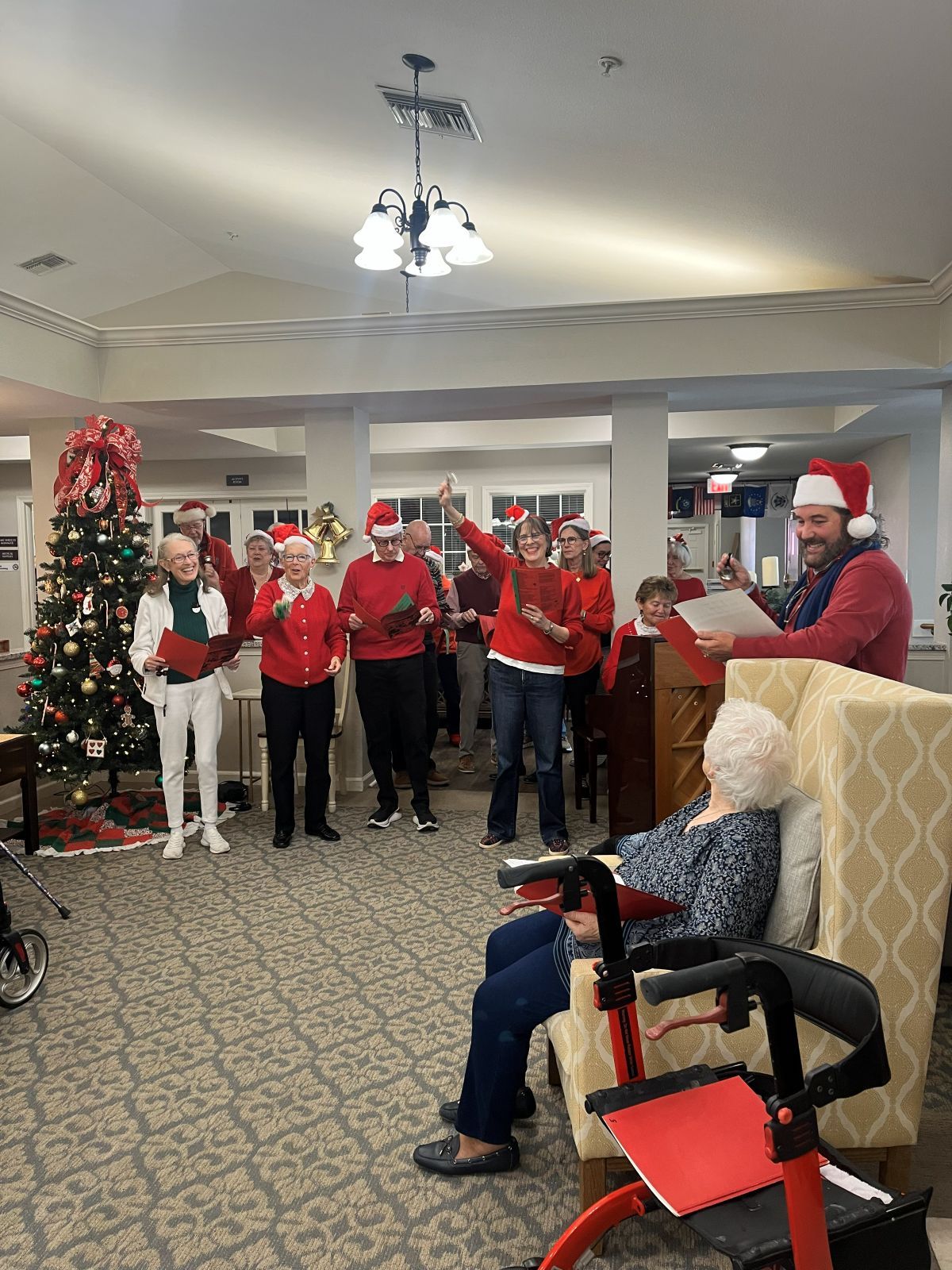Boulevards lined with flowering trees and shrubs; utility lines buried underground; and bustling shops filled with people who walk, bike or park in convenient locations are goals for 2012 and beyond in historic Beaufort.
A re-energized and reconstituted Beaufort Redevelopment Commission and Beaufort City Council began reshaping the city in 2011 as it celebrated its 300th birthday.
On the eve of Beaufort’s fourth century since its founding Jan. 17, 1711, Beaufort is poised for improvements that will benefit residents and visitors as well as boost the local economy, city leaders said.
“Looking back, 2011 was huge for Beaufort, and it helps set the stage for what’s coming in 2012 and beyond,” Beaufort Mayor Billy Keyserling said. “We put a lot of time, faith and effort into making sure that all of our planning doesn’t just sit on a shelf but gets translated into reality. We are seeing that happen, and 2012 promises to be even busier.”
Beaufort is in the “re-investment phase” of its long-term strategy, Beaufort City Manager Scott Dadson said. “From 2009 through 2011, we protected our cash position, we improved our service levels while lowering our overall cost structure, and we began to tie our financials to our planning, to our operations and to our maintenance.
“Now we are starting to see the fruits of that labor. We are also coming back up in terms of building permits in Beaufort, and that is largely infill in the city. In 2011 we had the most building permits since 2007,” Dadson said.
To set the stage for translating planning into reality, the Beaufort City Council authorized the Beaufort Redevelopment Commission to establish a support office to work side by side with the city’s Planning Department. This new team, called the Office of Civic Investment, has been working through the first year of a two-year effort to prepare a citywide Civic Master Plan on a block-by-block, neighborhood by neighborhood approach.
Successes include:
• A $12.6 million federal DOT grant awarded in December;
• Retrofitting several downtown structures to new uses, including the former City Hall. Between Wren, Breakwater, City Loft and the old city hall, the city has seen more than $5 million in capital investment on the corner of Carteret and Port Republic streets;
• Seeing a new McDonald’s restaurant under construction on Boundary Street that reflects the Boundary Street form-based code;
• Renewed interest in housing infill in Beaufort and the help of the Lowcountry Housing Trust for financing options;
• Collaboration with Beaufort County and the private sector on the long-awaited linear park, known as the Rail to Trail.
Leading the way is the $12.6 million TIGER III federal Transportation Department grant, the 16th largest such grant award in the nation. The funding targets the Boundary Street Redevelopment Corridor, the primary entrance to historic Beaufort.
That money, coupled with matching funds from Beaufort County’s one-cent voter-approved road tax, will help create unified and connected neighborhoods designed for people and not just for cars.
A financial impact analysis indicates the local economy will see $5 in benefits for every $1 invested in the Boundary Street Redevelopment District.
“The Boundary Street Redevelopment District is the transformational project that will help re-shape the entrance to Beaufort for decades and create great opportunities for business and residents,” said Jon Verity, chairman of the Beaufort Redevelopment Commission.
The project includes converting the former Port Royal railroad into a multi-use trail; making Beaufort’s streets more accessible to pedestrians, wheelchairs, baby strollers and bikes; adding shared-lane markers on roads for bikes and cars; and creating new links and connections so people can reach different destinations without cars.
In the core commercial district, Lowcountry Produce is set to open a fresh market grocery in early 2012 in the former City Hall building at Carteret and Port Republic streets. Similarly, the former Lipsitz shoe store on Bay Street will be retrofitted to house Barefoot Bubba’s inventory. Additionally, the Lipsitz Department Store and former Bay Street Trading Company locations have new owners who will soon make improvements.
Nearby, in the Northwest Quadrant residential area downtown, two-plus previously derelict acres are being built with new homes and “live-work units” developed by Steven Tully and John Trask III. Beaufort city leaders already have in place plans for $1.3 million in streetscape improvements in the area of Bladen, Prince, Duke and Adventure streets. The improvements are being paid for through two federal Community Development Block Grants.
Verity, chairman of the Beaufort Redevelopment Commission, hailed the MidTown Square project as an example of public-private partnerships that are the goal of the Redevelopment Commission.
“This type of infill is what we are seeking as we move Beaufort into its fourth century — encouraging the filling in of open and vacant spaces in the city to create new homes and new jobs,” Verity said.
Latest from Community
Sep. 17, 1946 – Dec. 21, 2025 Beaufort The Honorable Jane Dowling Fender of Beaufort, S.C.,
Members of the choir and congregation from St. Mark’s Episcopal Church sing Christmas carols for the
July 31, 1947 – Sept. 4, 2025 Beaufort, S.C. Claire DeVaux “Doadie” Evans Parker, who died
Nov. 15, 1985 – Dec. 8, 2025 Beaufort, S.C. Christen Noelle Miller, LMT, PTA, ES, age
March 16, 1955 – December 5, 2025 Nina Delk loved a good story. If you talked






